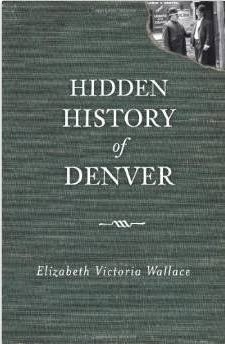As one of the Word Mavens of Kansas City, Mo, I was part of a three member panel including Mr. Kris Kobach and Mr. Robert F. Wilson, both professors at UMKC. We appeared for almost 18 months on the Walt Bodine Show, (KCUR) NPR’s affiliate in Missouri. We had a great time answering listerners' calls about etymology and phrase origins.
As an avid listener of Dennis Miller's daily radio show, I’ve noticed that he, and some of his guests, often use a particular phrase or saying to describe a person or incident. We know instinctively what Dennis means when he utters the words, “I like the cut of his jib,” but where did that phrase originate? Some other favorites include: Three sheets to the wind; taken down a peg; back to square one; face the music; showing his true colors; snake in the grass, hat trick, etc. I will describe the origin of some of those phrases here -- others will follow another day.
By the way, some of these sayings are centuries old, and could have multiple
origins.
Cut of his jib
. Judging the character of an individual by the way he is dressed.
This
was a nautical expression and meant that a skipper could identify an oncoming ship by the rigging of the jib, a triangular sail that projects ahead of the foremast. Each country had its own way of cutting and rigging the jib that was easily recognizable. If a skipper came across a ship and didn’t like the cut of the jib, he could take evasive action.
Three sheets to the wind.
To sway back and forth.
This was first used in the early 19th century and does not mean the sails on a ship, but the chains or ropes that attach the sails. If the sheets come loose, the sails would become unstable and therefore the ship would flounder back and forth. The behavior of a drunken sailor could be thought to mimic the movements of a floundering sail.
To take down a peg.
An 18th Century British Navy term.
During the 1700s a ship’s colors were raised to indicate an honor and the higher the honor, the higher the peg to which the flag was raised. If a man was taken down a peg, he was reduced in honor and esteem.







